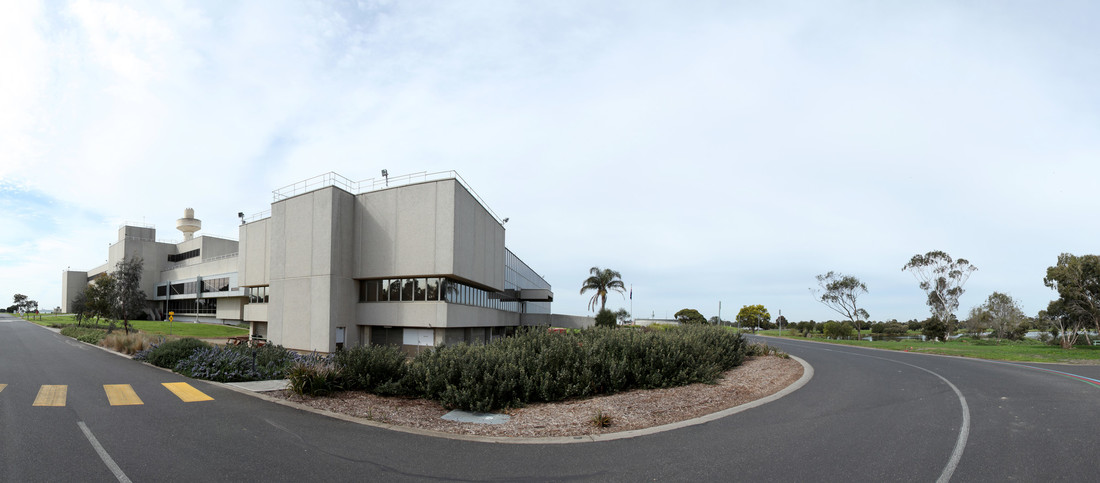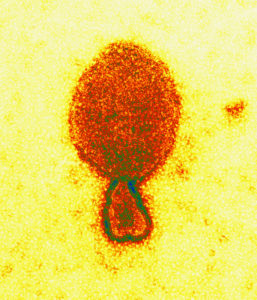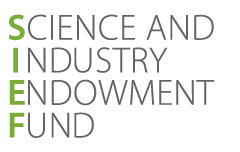SIEF Special Research Program: Australian Centre for Disease Preparedness Transmission Electron Microscope
The Australian Centre for Disease Preparedness (ACDP) previously known as the Australian Animal Health Laboratory (AAHL) is recognised internationally as a leading high biocontainment facility and is a valued international reference laboratory for viral recognition. It has the World Organisation for Animal Health (OIE) Reference Laboratory status for several diseases and, importantly is an international OIE Collaborating Centre for New and Emerging Diseases. The ACDP provides critical diagnostic support for Australia and the region, with electron microscopy a valuable component of the diagnosis of both known and emerging diseases. Emerging diseases are increasingly impacting on both human and animal health, and early diagnosis, as well as improved understanding of pathogen/host interactions, is essential for effective disease control.

The Australian Centre for Disease Preparedness (ACDP) helps protect Australia’s multi-billion dollar livestock and aquaculture industries, and the general public, from emerging infectious disease threats. It is a high-containment facility designed to allow scientific research into the most dangerous infectious agents in the world (Image: CSIRO).
The ACDP is an integral part of Microscopy Australia (MA), under the NCRIS initiative – Characterisation. MA is a national collaborative research facility consisting of seven nodes (Universities) and five Linked laboratories including the ACDP. Linked Laboratories provide access to specialist instruments and environments within a publicly funded research agency. The electron microscopy facility is in increasing demand, not just for diagnostics, but for research, particularly in the area of viral pathogenesis and mechanisms of host/viral interaction. This includes, for example, research into diseases impacting both public health and animal health such as Hendra virus and Australian bat lyssavirus.
SIEF has provided funding for a Special Research Project to replace an ageing and unrepairable transmission electron microscope (TEM). The new 200KV TEM will add capability of cryo –TEM imaging within a physical containment (PC) 2 environment, building on the existing diagnostic TEM capability in the PC3 environment. This unique multilevel biocontainment capability, enables fundamental research with biological agents that need the high levels of containment. The higher accelerating voltage will enable greater beam penetration and contrast of the sample, providing researchers with the capability to visualise viral morphogenesis and to conduct a greater depth of 3D imaging (particular of larger viruses, which cannot be imaged well with lower kilovolt instruments). The new TEM has the flexibility to run at 120kV, providing conventional TEM capacity for diagnostic samples thus providing greater national resilience for detection of emerging diseases. It will be located in the non-secure area of the ACDP allowing less restrictive access to the research community and can be used by researchers studying biological safety level (BSL) 2 agents or below, and inactivated BSL3 or 4 agents. This opens the opportunity to foster and grow longer term collaborations with university partners, state animal health laboratories, international collaborators and MA partners.

In 1994-95 a new virus appeared in Queensland, killing two humans and fifteen horses in two separate outbreaks. This virus is now called Hendra virus. This image shows a coloured transmission electron micrograph of the virus (Image: CSIRO).
The acquisition of this TEM will enable collaborative research that brings together organisations capable of addressing national challenges, both in preliminary diagnoses and basic research. For example, electron microscopy was instrumental in the 1994 detection of Hendra virus – at the time an unknown pathogen – and which we now consider as one of the highest risk zoonotic diseases (affecting both people and animals) in Australia. Electron microscopy capability continues to contribute to our understanding of the virus/host interaction and viral mechanisms for diseases such as Hendra and Rabies; an understanding which may contribute in the future to treatment and prevention for these and other diseases.
For further information please contact:
Professor Trevor Drew, Director of the Australian Centre for Disease Preparedness Trevor.Drew@csiro.au
